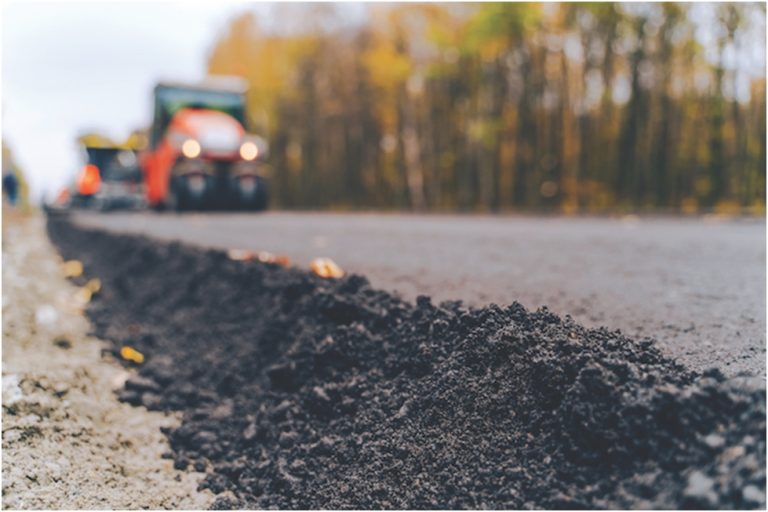Chip Seal Road Construction: How is a Chip Seal Road Made?

A chip seal road is constructed by applying a thin layer of heated asphalt liquid onto an existing road surface. This is quickly followed by spreading small aggregates, or “chips,” over the asphalt. Rollers then compact the chips into the asphalt, sealing any cracks and creating a new wearing surface. Once cured, excess chips are swept away, resulting in a textured road surface.
While not as common as other paving materials, chip seal roads Dallas are prevalent worldwide, from Dallas, Texas, to London, UK. In the U.S., they are often used in less populated areas with low traffic volumes, while countries like New Zealand and Australia utilize chip seal in both rural and urban settings.
In this post, we’ll explain the detailed process of constructing chip seal roads, highlighting the advantages and disadvantages of this material.
Ready to learn more? Let’s dive in!
Chip Seal Road Process: A Step-by-Step Guide
Chip seal roads are created by applying a layer of bitumen, asphalt, or hot tar over an existing road surface, followed by a fine aggregate. After spreading the aggregate uniformly, heavy rubber-tired rollers compact it into the base, forming a durable paved road.
While this is the basic installation process, there are several variations to enhance a chip seal road. One common extra step is applying a top layer, known as a fog seal, to protect the pavement.
Further improvements can be made by using polymer-modified bitumen and emulsion binders, which help retain the aggregate and minimize crack reflection. Additionally, modern techniques may use a combination of water, liquid asphalt, and surfactant (also called asphalt emulsion) instead of traditional asphalt to improve stone retention and reduce installation costs.
Proper post-installation care is vital for the longevity of a chip seal road. Typically, these roads take about two days to cure, during which traffic should be maintained at reduced speeds. After curing, several rounds of sweeping are necessary to clear loose gravel from the road surface.
Chip Seal Road Advantages and Drawbacks
Advantages of Chip Seal Roads
– Cost-Effective: Chip seal roads can be constructed at 20-25% of the cost of traditional asphalt roads, making them a budget-friendly option.
– Anti-Glare: These roads reduce glare during wet weather and nighttime driving, enhancing visibility and safety.
– Skid-Resistance: The unique composition of chip seal roads provides a skid-resistant surface in both wet and dry conditions, improving traction.
– Non-Porous: Chip seal surfaces prevent water penetration, reducing wear and tear by maintaining the pavement’s structural integrity when properly sealed.
Drawbacks of Chip Seal Roads
– Roadway Noise: The less uniform surface of chip seal roads compared to asphalt or concrete can lead to increased roadway noise, influenced by travel speed, vehicle density, and tire tread design.
– Installation Quality is Essential: The durability and performance of a chip seal road depend heavily on the quality of installation. Variations in climate and traffic may require additional measures to maintain the pavement over its lifespan. Post-installation care, including allowing the surface to cure and sweeping away loose gravel, is crucial for optimal results.
Free Quote Today!
* Indicates required questions



